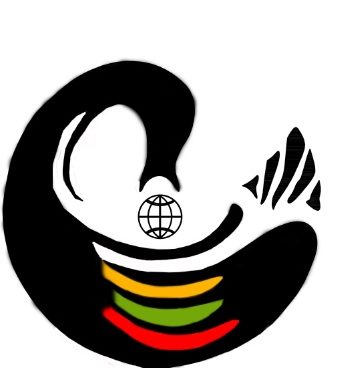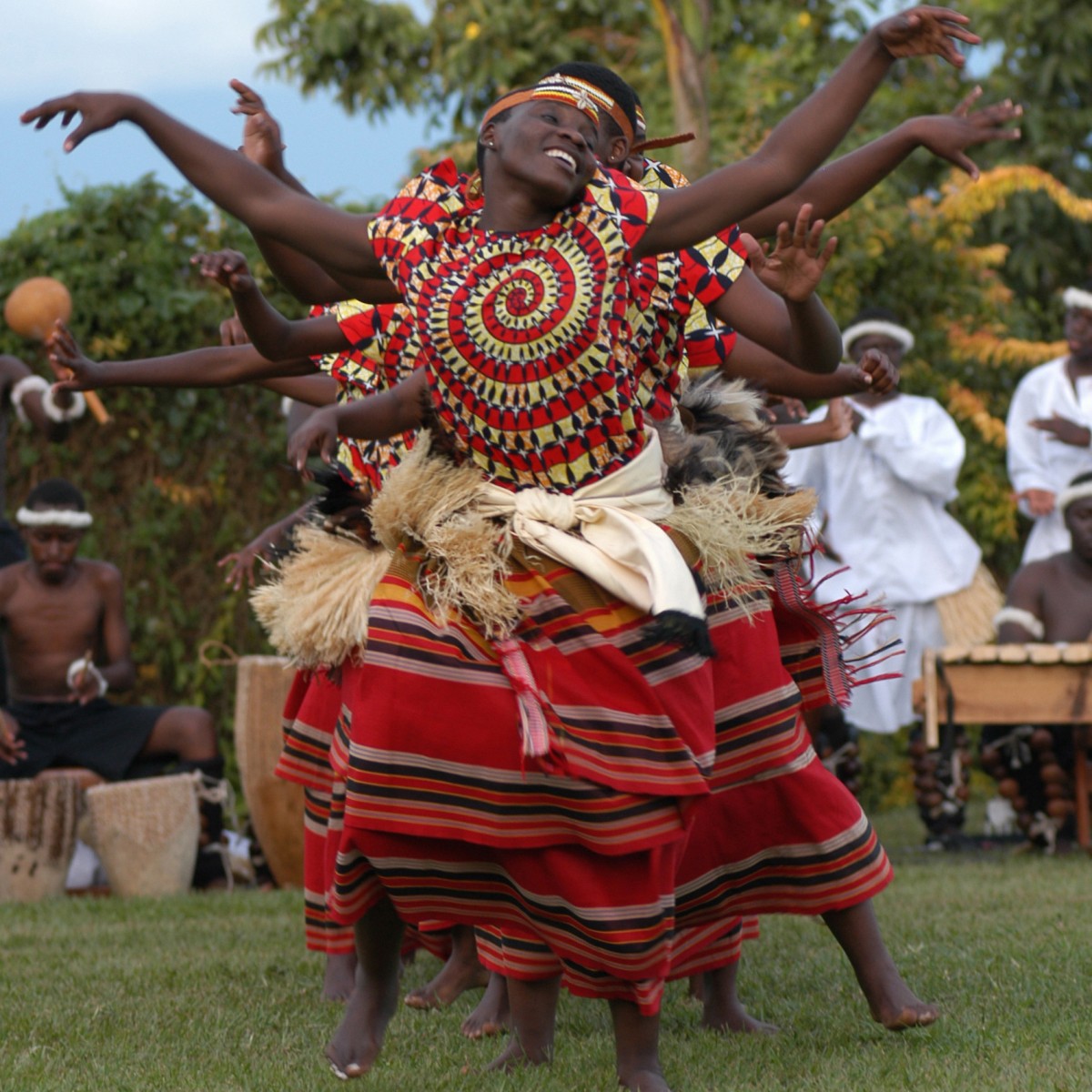Uganda is in East Central Africa. About the size of Great Britain, Uganda is populated by dozens of ethnic groups. The Swahili language unites the country with its East African neighbors Kenya and Tanzania. Uganda is bordered by South Sudan to the north, Kenya to the east, Tanzania and Rwanda to the south, and the Democratic Republic of the Congo to the west. The capital city, Kampala, is built around seven hills not far from the shores of Lake Victoria, which forms part of the frontier with Kenya and Tanzania. Although Uganda is inhabited by a large variety of ethnic groups, a division is usually made between the “Nilotic North” and the “Bantu South.” Bantu speakers form the largest portion of Uganda’s population. Of these, the Ganda remain the largest single ethnic group, constituting roughly one-sixth of the total national population. Other Bantu speakers are the Soga, Gwere, Gisu, Nyole, Samia, Toro, Nyoro, Kiga, Nyankole, Amba, and Konjo. There are at least 32 languages spoken in Uganda, but English and Swahili—both official languages—and Ganda are most used. English is the language of education and of government, and, although only a fraction of the populace speaks English well, access to high office, prestige, and economic and political power is almost impossible without an adequate command of that language. Uganda’s religious heritage is tripartite: indigenous religions, Islam, and Christianity. About four-fifths of the population is Christian, primarily divided between Roman Catholics and Protestants (mostly Anglicans but also including Pentecostals, Seventh-day Adventists, Baptists, and Presbyterians). About one-eighth of the population is Muslim. The economy is basically agricultural, and it occupies some four-fifths of the working population. Uganda’s moderate climate is especially congenial to the production of both livestock and crops.
Agriculture accounts for a large share of Uganda’s export earnings and its gross domestic product, as well as providing the main source of income for the adult population. Farmers, working an average of less than 3 acres, provide more than half of the agricultural production. Livestock include cattle, both indigenous varieties and those known as exotics (mainly Friesians), plus experimental crossbreeds, sheep, goats, pigs, chickens, ducks, and turkeys. Uganda’s reserves include copper, tungsten, cobalt, columbite-tantalite, gold, phosphate, iron ore, and limestone. Gold, cobalt, and columbite-tantalite are mined. Gold is an important export, but it is complicated by the fact that gold has been smuggled into Uganda from the Democratic Republic of the Congo.
Cultural diversity—from the Ganda culture in the south and Acholi and Lango cultures in the north to the influence of South Asians past and present—has produced a wide variety of lifestyles and interests among Ugandans. The country possesses a rich tradition of theatre, ranging from the National Theatre in Kampala to hundreds of small, local theatrical groups.
Things to Do:
Visit Murchison Falls located on the Nile Lake
Visit the Uganda Museum
Visit the Ugandan Wildlife Conservation Center





